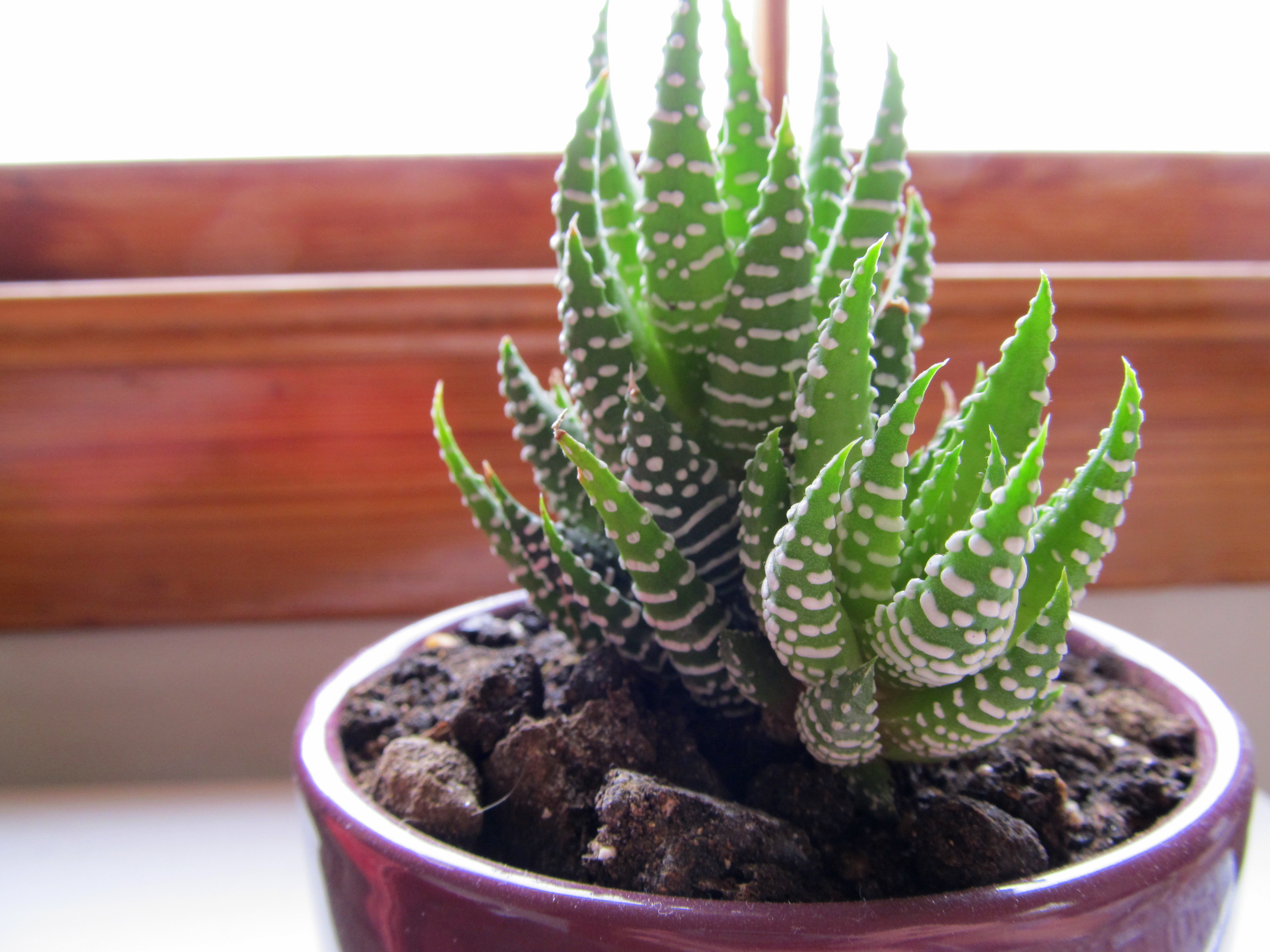3 Tips to Bringing Your Garden Indoors for the Winter

Autumn in Cleveland is officially upon us as the temperatures begin to drop. It’s time to complete your seasonal maintenance and winterize your yard. Taking desired precautions to ensure that all of your plants are healthy and protected from the winter temperatures.
If you enjoy exercising your green thumb, brining your garden indoors will allow you to extend your hobby, even in the faintest of "green" months. Not to mention, will also help extend the season for your plants.You’ll want to begin when the first frost of the season hits, or when temperatures are around 45 degrees. Typically happening between mid October to the beginning of November–making now the opportune time to bring healthy annual plants indoors to continue gardening.
First things first, you'll want to choose the plants you think would be the best for your indoor garden. Monitor the plants health before starting the transition process. If the plant looks spent, it's probably not the best to bring it indoors, but it will make for a great addition to a compost pile!
If you have questions about preparing your lawn for the winter, visit our Cleveland, OH lawn care page for more information.
1. Pot and Re-soil
Ensure that your plants are in appropriate pots. If you potted them before their maturing season this will be an easy process, either transfer them to a smaller pot or use as is. If you have plants that you would like to bring indoors, but are in your garden bed, you’ll want to transfer them into pots.
Re-soil as needed and use fresh soil and replant them so that any pests or anything that may be in the soil will be removed and won’t prohibit the plants from flourishing in their new winter digs.
2. Let the Plants Slowly Acclimate
Once you’ve placed or refurbished your plants into their pots, you’ll want to quarantine them in an all seasons room or garage before completely relocating them inside. You’ll want to keep the plants in this designated space for a couple weeks, at a minimum to transition accordingly. This will help the plants in two ways. One, they will slowly adjust to the humidity and temperature difference in a less abrupt and healthy way. Two, it will give you time to clean the leaves and check for any insects or other pests that you don’t want inside your home. After they’ve adjusted, take them indoors.
3. Provide Proper Care
As your plants settle in to the change in temperature and humidity, you’ll also want to keep your plants away from any drafty windows that might let in any cold weather that Cleveland experiences. However, you do need the plants, depending on their care requirements, to be near a light source. Thicker insulated windows that receive sunlight will work well by keeping out the coldness. You can also use sunlight lamps as an alternative.
Now that you’ve transitioned your garden as desired, let the lush green hues lace over any dreary winter days and add additional life to your interior space!
Feature image source: Amy (CC BY 2.0)
Areas we service near Cleveland